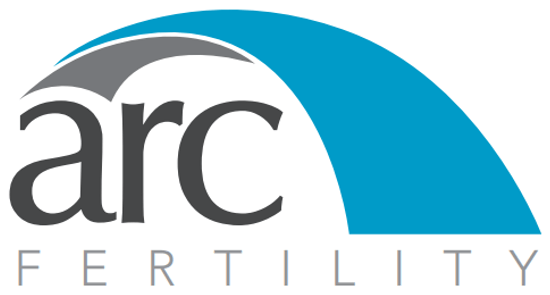Center for Fertility and Reproductive Endocrinology
Magee Women’s Hospital
300 Halket Street, Suite 5150
Pittsburgh, PA 15213
Ph: (412) 641-1600
In life, there are a great number of things that are intended to be permanent and cannot be undone. Fortunately for women, this is not always the case in regards to tubal sterilization. While tubal ligation is considered a form of permanent sterilization, sometimes circumstances change. Up to 20% of women undergoing a sterilization procedure before 30 years of age may regret the decision. The most common reason for this is usually the desire to conceive with a new partner. In rare circumstances, the death of a child may prompt a woman to request a reversal of tubal sterilization. Until recently, the most common method to perform a tubal reanastomosis or reversal was with an abdominal incision above the pubic hairline ranging from 3-8 inches. In some circumstances, laparoscopic approaches with several half-inch incisions have been available.
With the advent of robotic surgery, the first reported robotic tubal reanastomosis was completed with the first generation robot, ZEUS, in 2000. Since then, we have come a long way with advancement of robotic technology. Now we have access to a 3-D system that is truly a whole new dimension in tubal reconstructive surgery.
Through a 12 mm umbilical port plus several small accessory sites, tubal reanastomosis over an intra-tubal stent can be performed. Fine gauge sutures (6-0 to 8-0) can easily be utilized to accomplish tubal reversal. The robotic camera allows for low power magnification to increase the accuracy of suture placement, help delineate tissue planes and improve the tubal reapproximation critical to a successful reanastomosis. Pregnancy rates after robotic reanastomosis have been reported as high as 80 percent. In comparison with larger abdominal incision, minimally-invasive surgery has been associated with decreased pain, lower infection rates and quicker recovery times. Regardless of the approach, the type of tubal ligation remains a key factor in success with Falope rings and Filshie clips yielding the best chance of successful reversal. The Pomeroy method of tubal ligation provides varied results and is dependent on the location of ligation and whether equal diameters of tube are available for reanastomosis.
While there are several factors that affect the success of a reanastomosis, the bottom line is that women who have undergone tubal ligation and now desire to expand their family have a number of options available to them, including the robotic approach, which has become an integral part of the minimally-invasive surgical armamentarium.
©Copyright Center for Fertility and Reproductive Endocrinology

